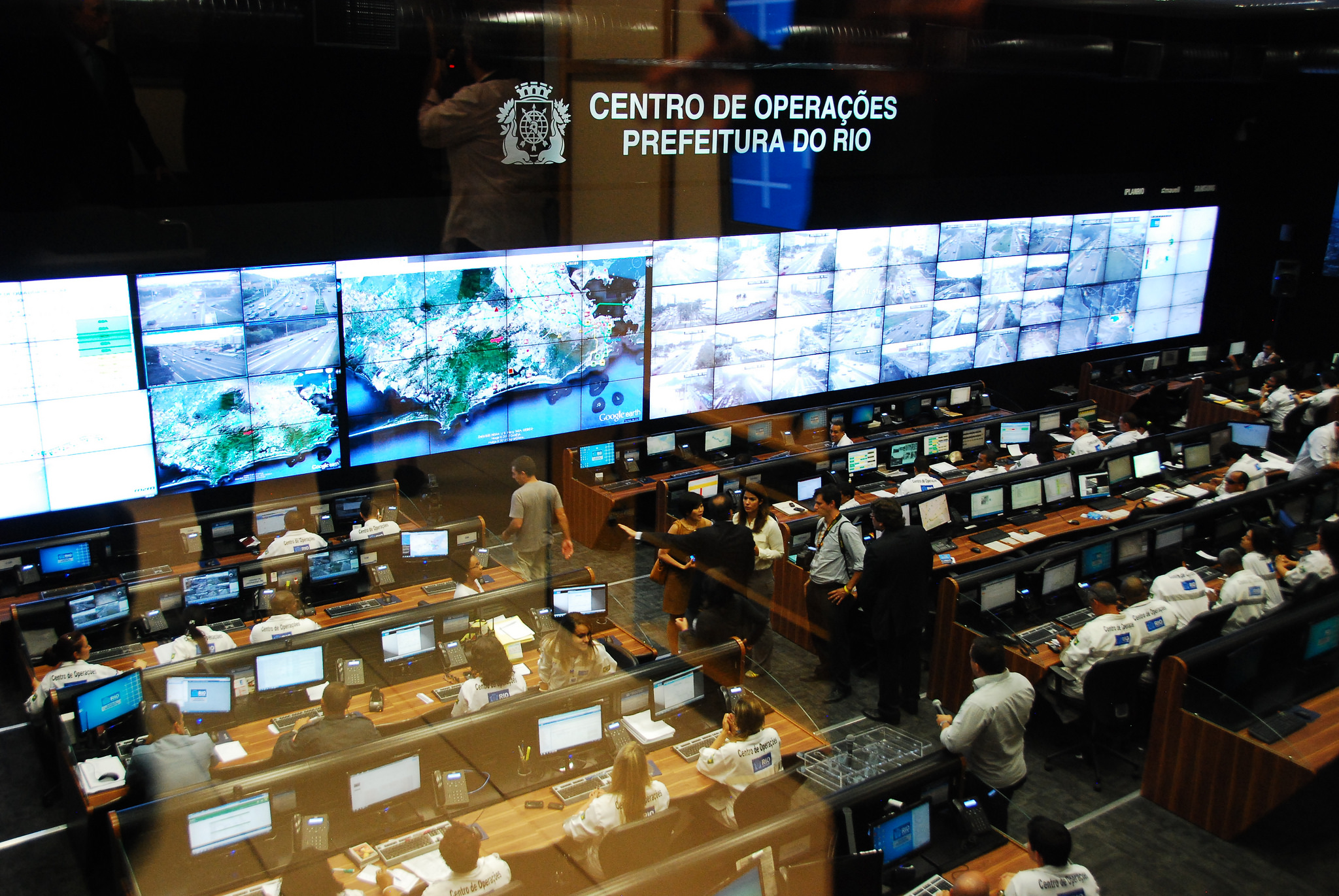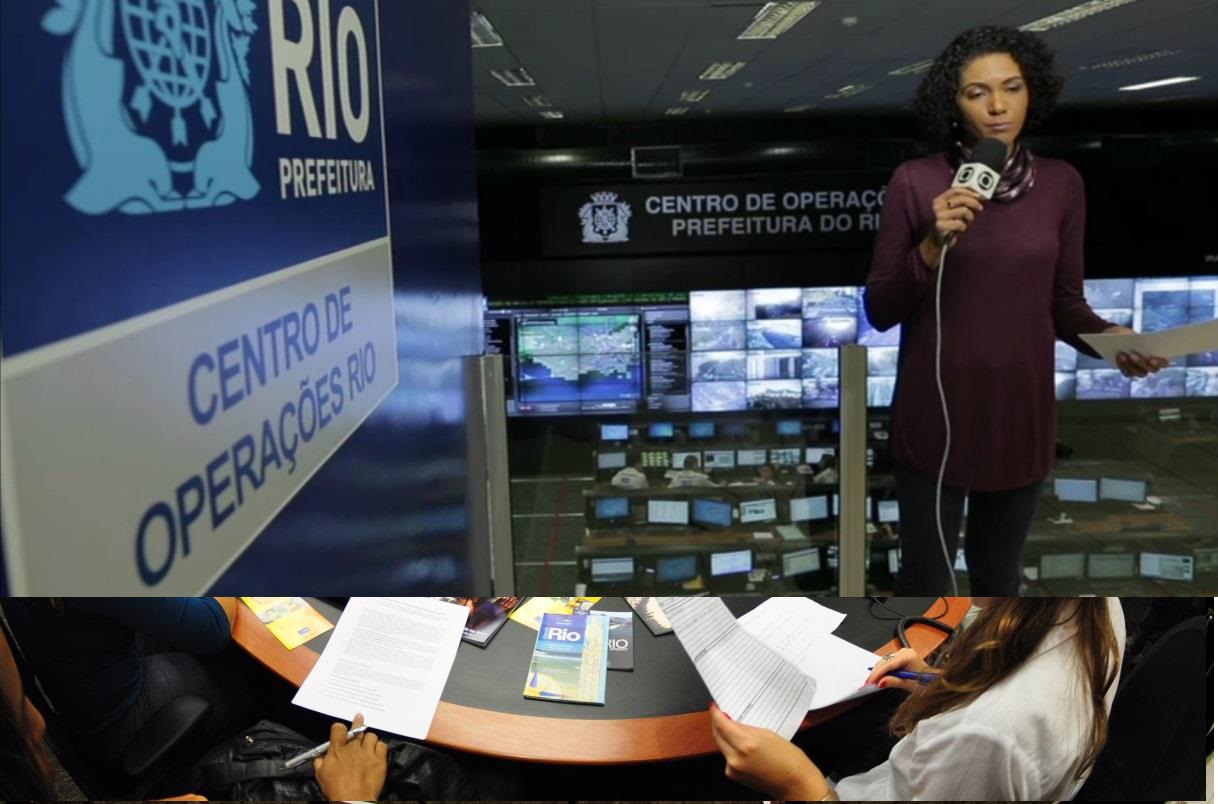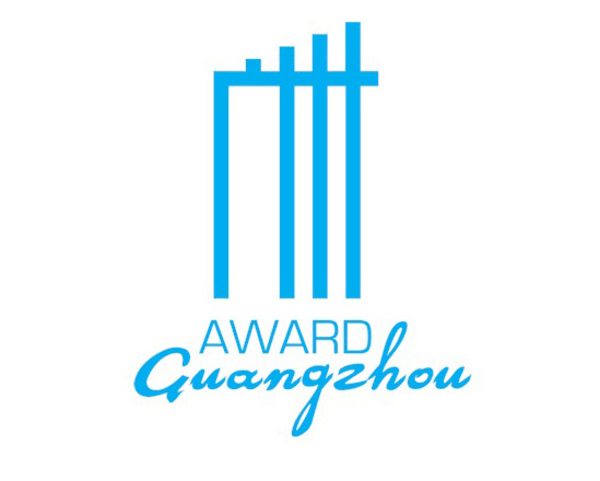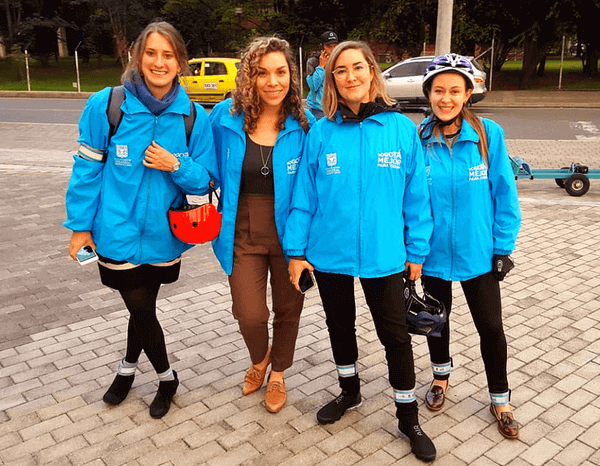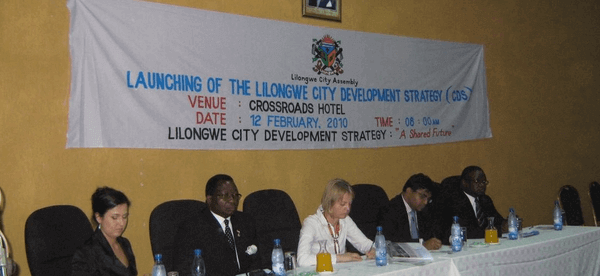The Rio Operations Center is a Rio de Janeiro City Hall initiative. Its technological platform development was done by the Municipal Company of Information Technology (Iplan) and the Pereira Passos Municipal Institute of Urbanism (IPP). The Rio Operations Center was designed based on the technological expertise of partners such as: IBM, Bilfinger, Cisco, Samsung and Google. Using Google Earth technology, it was possible for Iplan to create an integrated system of georeferenced data from all municipal assets involved in Rio's daily operational routine – the Geoportal software. The Operations Center collaborated with Oi and TIM (telecom companies), which implemented the links for data transmission.
The Control Room – the heart of the project – where 200 controllers, in three 24/7 shifts, monitor the city in real time, receiving images from over 900 cameras, through 30 km of fiber optic cable. The 60m² videowall in the control room, is composed of 80 46-inch monitors, which rely on Bilfinger and Samsung technologies. Cisco provided the tele-presence system, and Itautec provided the computer network used by employees of the Operations Center.
The Crisis Room is used for emergency meetings with different departments, connected to two other small crisis rooms, one at the mayor's official residence, and the other at the Civil Defense Service.
The Press Room is where media representatives are constantly releasing alerts to the population. The communication with all media outlets is a two-way exchange of information that amplifies the communication of the municipal authorities' messages, thus increasing its capillarity, and recommendations to the population. The media also warns the Rio Operations Center whenever there is an atypical event notified by their audiences.The creation of a channel of communication improves the public policy quality, and guarantees transparency, accountability and public trust.
The 1746 Hot Line is a communication channel with City Hall, whereby citizens can report problems, requests and complaints about city services, get information about debts, fines and permits, and even tourist information. Along with the communication strategy, transparency and the digital engagement of citizens is fostered.
The Rio Operations Center has three areas of operation: risk prevention and management, city's operations and major public events.
- Risk prevention and management aims to save lives and includes the weather forecast, rainfall volume monitoring, and general security measures. This integration of data and teams made the Operations Center the focal point for crisis situations management in a city historically suffering from heavy rains and flooding.
- In routine operations, through tools of intelligent monitoring and direct contact with the field teams, the Operations Center becomes aware on any occurrence of which impact on the city's routine, responds with the necessary steps and guides the public about how to proceed to circumvent possible problems.
- The daily learning process of how to conduct the city's dynamics with the Rio Operations Center as a new operational management focal point has contributed to improve planning for major events such as the 2013 World Youth Day and the 2014 World Cup.
To process all data generated in the Rio Operations Center, City Hall created the Big Data department "PENSA – Ideas Room" in June 2013. This new department aims to search, analyze and evaluate correlations and define impacts by crossing different databases, in order to improve service delivery to citizens. “PENSA” possesses access to all municipal databases. Big data management enables research to look for patterns and analysis that could not be achieved otherwise. It is possible, consequently, to plan policies based on accurate information. Now, data generated, for instance, by the daily management of traffic operations are now also used for public transportation policy and traffic planning.

